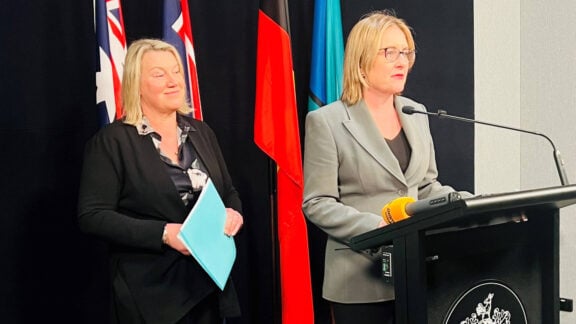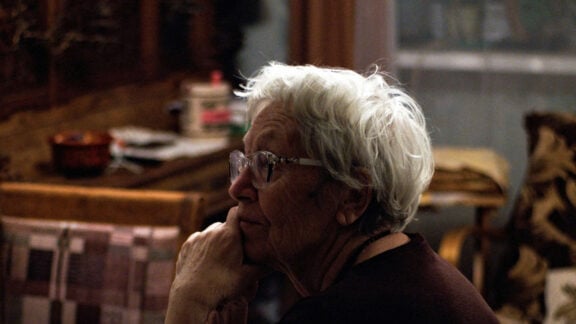A senior fellow at the Institute of Public Affairs (IPA) believes Australia’s capital cities are fast becoming unliveable due to years of record, unplanned mass-migration.
Analysis of the Bureau of National Statistics (ABS) ‘net’ overseas migration figures by the IPA revealed where new arrivals are settling.
Dr Kevin You, senior fellow at the IPA, said “our cities are being squeezed under the pressure of record arrivals, with 8 in 10 new migrants settling in a metropolitan area”.
“You see the consequences every day with record rents and house prices, congestion on our roads and social services under severe strain.”
He said our current migration intake is making Australians poorer.
“Every day, mainstream Australians are feeling the hip pocket pain caused by the federal government’s lazy, migration-driven growth agenda. Australians, on an individual level, are in recession at the same time they are facing a cost-of-living and inflation crisis.”
Sydney and Melbourne are the most popular destinations for new migrants, according to the data.
But do most of them settle in the suburbs?
For Melbourne, the data shows that most choose – mainly – the city centre and the areas of Monash, Wyndham and Dandenong.
The same can be said for Sydney, as most head to the city centre but also Parramatta, Strathfield-Burwood-Ashfield and the southern half of the eastern suburbs.
However there is Randwick, home of UNSW, where many international students’ study.
Around 29 per cent or about 214,000 of new arrivals to Australia in the 2021-22 and 2022-23 financial years ended up in the greater Sydney area.
Greater Melbourne followed close behind, receiving 28 per cent or 206,000 new arrivals over the two-year period, when Australia’s net overseas migration increased by a total of 732,011 people.
Demographer Bob Birrell, head of the Australian Population Research Institute, told the Herald Sun the figures are largely about international students who have a big impact on local rental markets.
“Our studies have shown that newly arrived migrants are by far the biggest source of new demand for rental housing, far outstripping the number of locals leaving their homes or looking for a new home.”
Shadow Immigration Minister Dan Tehan said under Labor “one million migrants have arrived in two years, while Australians suffer from a homelessness and cost of living crisis”.
“Labor has also changed visa rules to make it easier for migrants who had been sponsored to work in regional Australia to leave their employer and move to our big cities, putting more pressure on housing and congestion,” he said.
The university industry denies that large numbers of international migrants are contributing to housing shortages.
Universities Australia chief executive Luke Sheehy pointed to research which suggested suburbs with large numbers of international students also had high vacancy rates.
“International students are not to blame for the housing crisis,” he argued.
“They make up four per cent of the private rental market and the suburbs they usually live in have higher vacancy rates than our big city averages.”
“The affordability and availability problems we see in the housing market are the cause of supply problems, stemming from years of government inaction and fuelled further by the pandemic,” he stressed.
The Albanese government previously announced that it wants to limit new student enrolments for 2025 as it seeks to bring immigration under control and return it to pre-pandemic levels.
Education providers have expressed concern that the caps will lead to both job losses and revenue.
Victorian Finance Minister Tim Pallas argued that the federal government’s cap on international students at the country’s universities – and other educational institutions – would destroy the Victorian economy.
He called for a review of the reforms being promoted and warned that restricting foreign students could have unintended consequences.
Victoria is said to have around 30 per cent of the national share of international students.
Education is the State’s most important “export,” generating $14.8 billion in revenue in 2023 and supporting approximately 63,000 jobs locally.









